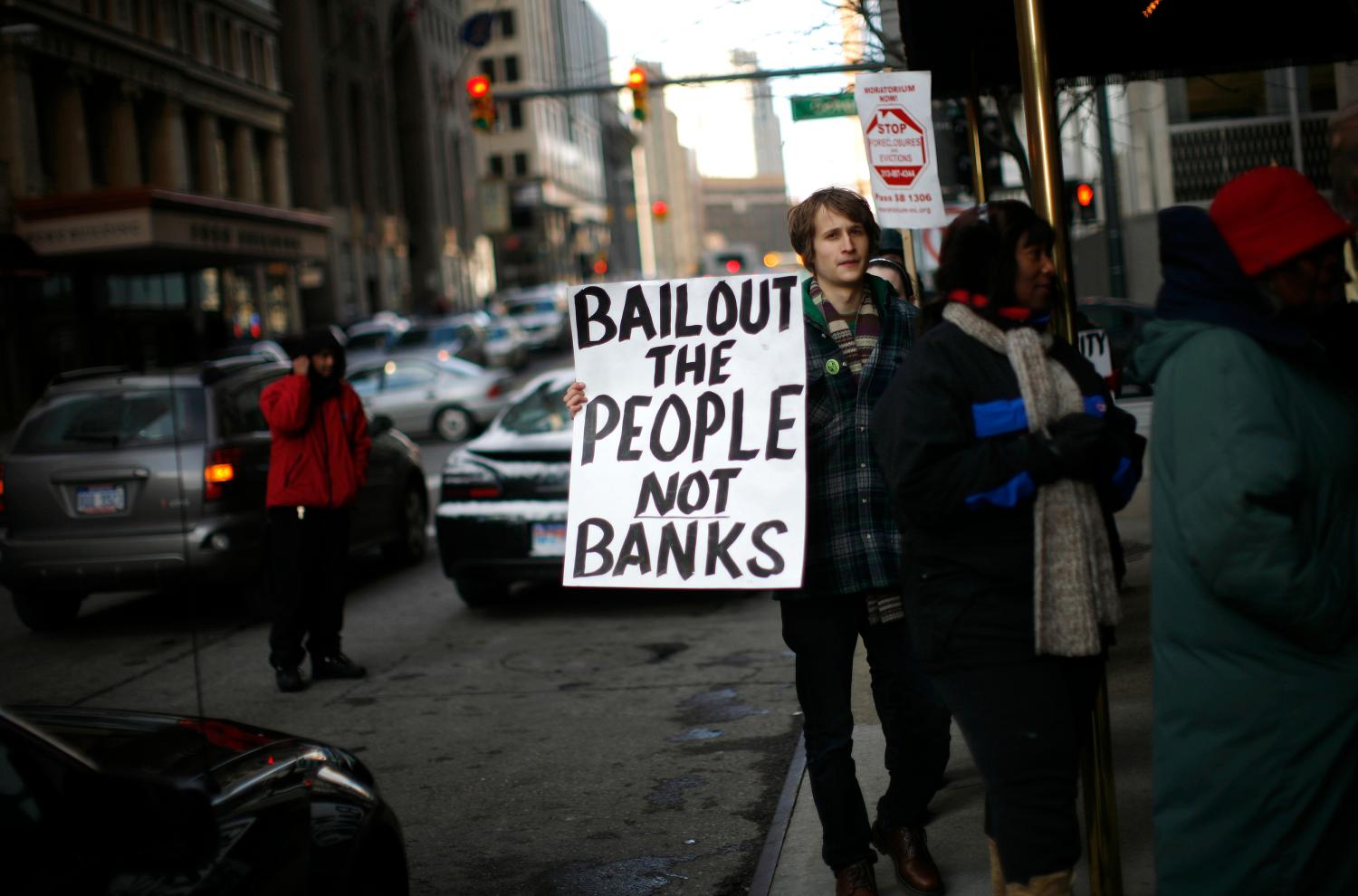EXECUTIVE SUMMARY
The Obama Administration has announced that fixing the nation’s financial system is one of its highest initial priorities and will shortly release a plan to do that. In this essay, we attempt to provide our own version of a roadmap for reform.
We believe that the central challenge confronting policy makers now is to establish a new regulatory framework that will do a far better job preventing financial abuses and their consequences without chilling innovation and prudent risk-taking that are essential for growth in any economy.
To accomplish that end will require a major restructuring and strengthening of the two pillars upon which an efficient and safe financial system must rest: market discipline and sound regulation. It would be a mistake, in our view, to conclude that because both these pillars failed to prevent the current crisis that either one should be jettisoned. Neither pillar alone can do the job. There is no alternative, we need both pillars, but both need to work much better in the future.
The United States has a history of enacting major legislation and adopting new rules in response to crises, and this time will be no exception. The critical challenge is to ensure that reforms remedy the flaws in the current framework; that they are sufficiently flexible to adapt to changing circumstances and to head off future, avoidable crises, and, all the while, that they do not amount to overkill, by chilling the innovation and prudent risk-taking on which continued economic growth very much depends. These objectives will most likely be met if policymakers have a suitable roadmap for guiding their reforms. We suggest the following:
- Multiple measures should be adopted to improve transparency and increase the incentive for prudent behavior throughout the mortgage process.
- A special set of prudential rules should govern the regulation of systemically important financial institutions (SIFIs), or those whose failure could have systemic consequences, and thus trigger federal rescues.
- A prudential regulator should require all SIFIs to fund some portion of their assets with long-term, subordinated debt. Such debt might also be convertible to equity in the event the institution’s capital-to-asset ratio falls below a certain level.
- Regulators should encourage the formation of clearinghouses for derivatives contracts, starting with credit default swaps, and empower an overseer.
- Financial reforms should be written broadly enough, and with enough discretion for regulators, so that policy makers can better anticipate future financial crises, however they might arise.
- The financial regulatory agencies should be reorganized, so that they have jurisdiction by function or objective (solvency and consumer protection) rather than by type of charter of the regulated financial institution.
- In the short to intermediate run, the housing GSEs — Fannie Mae, Freddie Mac, and the Federal Home Loan Bank System — should be regulated as public utility “SIFIs” (after recapitalization with public funds) or directly operated as government agencies.
- While U.S. financial policy makers must support international cooperation on financial regulation they should not wait for international agreement before taking necessary steps to improve our own system.
The Brookings Institution is committed to quality, independence, and impact.
We are supported by a diverse array of funders. In line with our values and policies, each Brookings publication represents the sole views of its author(s).




